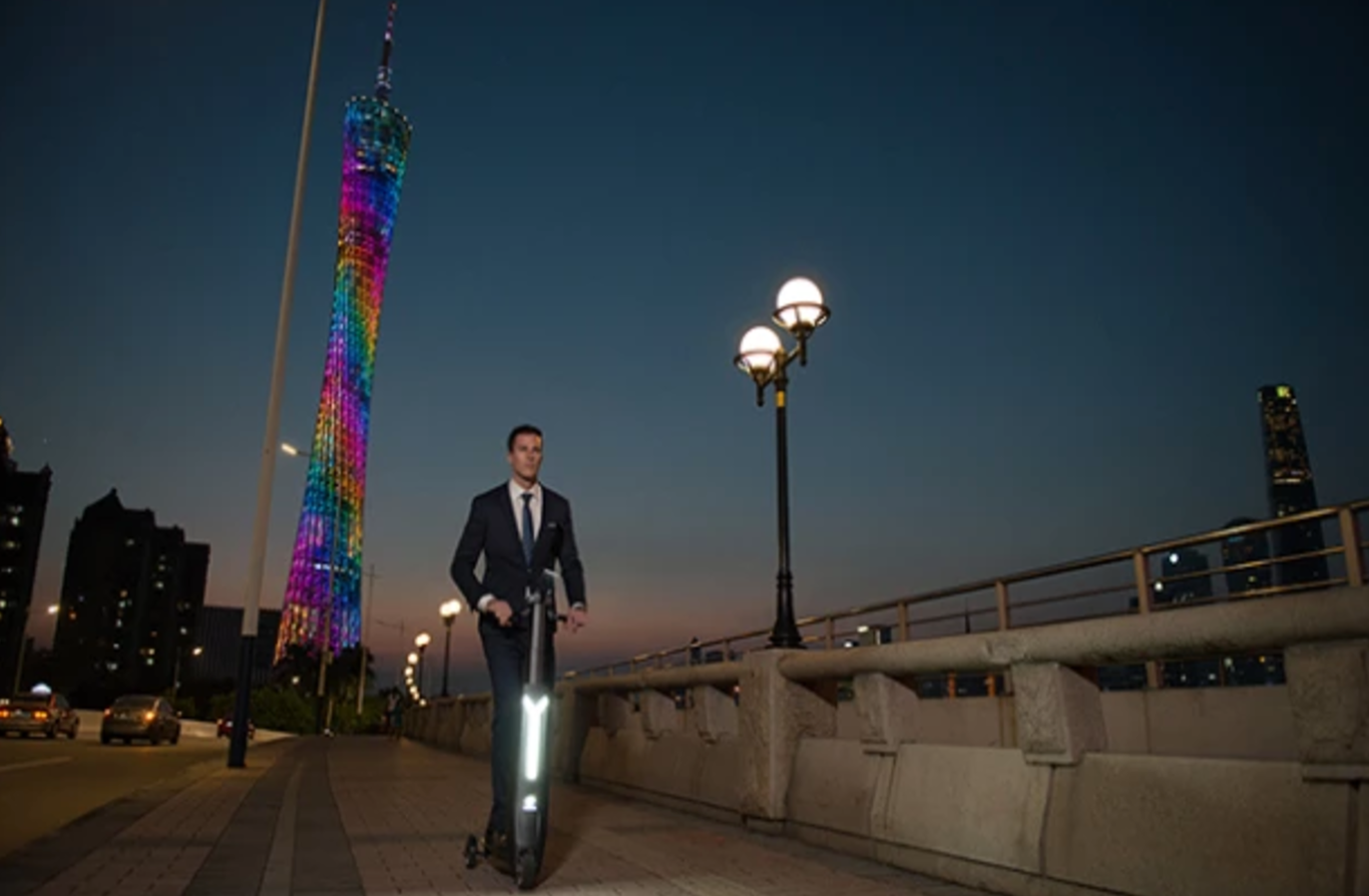The Immotor Go scooter is your ride to the future


From the explosive hype of the Segway to the explosive batteries of hoverboards, the quest to produce a viable electric means of transportation for relatively short distances has had many missteps. Indeed, the most successful of these designs have been in many ways the most conservative -- adding batteries and a motor to a skateboard or bicycle for easing travel along joyrides and joyless commutes alike.
Featured
Crowdfunding platforms in particular have been a popular launchpad for a new wave of these wheeled wonders, with a standup trike launching just this week. According to Reticle Research's crowdfunded device tracking service, more than 50 personal transportation products were offered on Kickstarter and Indiegogo in 2016. But many of them require a significant learning curve or a superior sense of balance.
Last month, I had the opportunity to try one of those successfully funded projects that made its public debut on Prime Day. Like the more successful electric transporters, the Immotor Go adopts a familiar profile. It's essentially a folding scooter. But unlike many scooters, the Go has two rear wheels, which far reduces the learning curve for the balance-challenged. Indeed, in the time that I met with Immotor in New York, the device attracted interest from consumers across the demographic spectrum.
And there's another way the Go circumvents problems of certain two-wheeled devices. Recognizing the safety concerns that hoverboards (literally) sparked, the Immotor team designed the Go as a proof of concept around a smart battery designed by Mophie former CEO Daniel Huang. The Go can use one or two of these batteries, which have their own programmable operating system and can be used for tasks such as charging devices when removed from the Go.
But the Go is no throwaway reference platform. It is a thoughtfully designed, practical transportation tool. In trying out the product at Bryant Park in New York, I was able to comfortably and safely navigate through crowds of people within a minute of trying it for the first time. The Go has a top speed of 16 mph and a range of up to 16 miles and includes an easy-to-use throttle and brake as well as a provision for a cargo backpack.
In a world where companion apps are becoming check off items, the Go is a seriously connected scooter. Its app can report on the status of the batteries and whether parts need repair. It also serves as the key for the device. The Go also has an optional companion cellular plan -- often something that can get relatively expensive -- but the company says it should work out to under $5 per month.
Caring for your rechargeable batteries
The Go's remote locking/unlocking and geofencing plans enabled by the cellular capabilities could enable ride-sharing or touring programs similar to those that have become one of the Segway's niche markets. Indeed, given the Go's price of $1,500, such programs may become a better short-term market for Immotor than mainstream consumers. Beyond that, while enforcement is generally lax, riding the Immotor Go on the streets of New York and many other cities is illegal, fallout from the Segway's first appearance. However, Immotor says that it and makers of similar devices are working to ease such prohibitions.
Despite its usability, the product is not above frivolities. These include a lit logo that has more novelty value than anything else and a "self-driving" mode that is useful for carrying cargo as long as you continue moving in a straight line. And while very well considered for a first-generation product, it has drawbacks beyond its price. While the Immotor Go videos show off the product as an accessory carried around town as casually as a backpack, the Go -- which is designed to be dragged behind the rider when folded -- weighs in at nearly 30 lbs. You will want it to give you a lift far more often than you lift it. And its folding/unfolding process could be quicker and more intuitive when compared to products such as the less expensive but more difficult to master Urb-E.
Nevertheless, the product's combination of ease of use, versatility and smarts show that Immotor has a strong understanding of what will be needed to make electric personal transportation vehicles to become more mainstream.